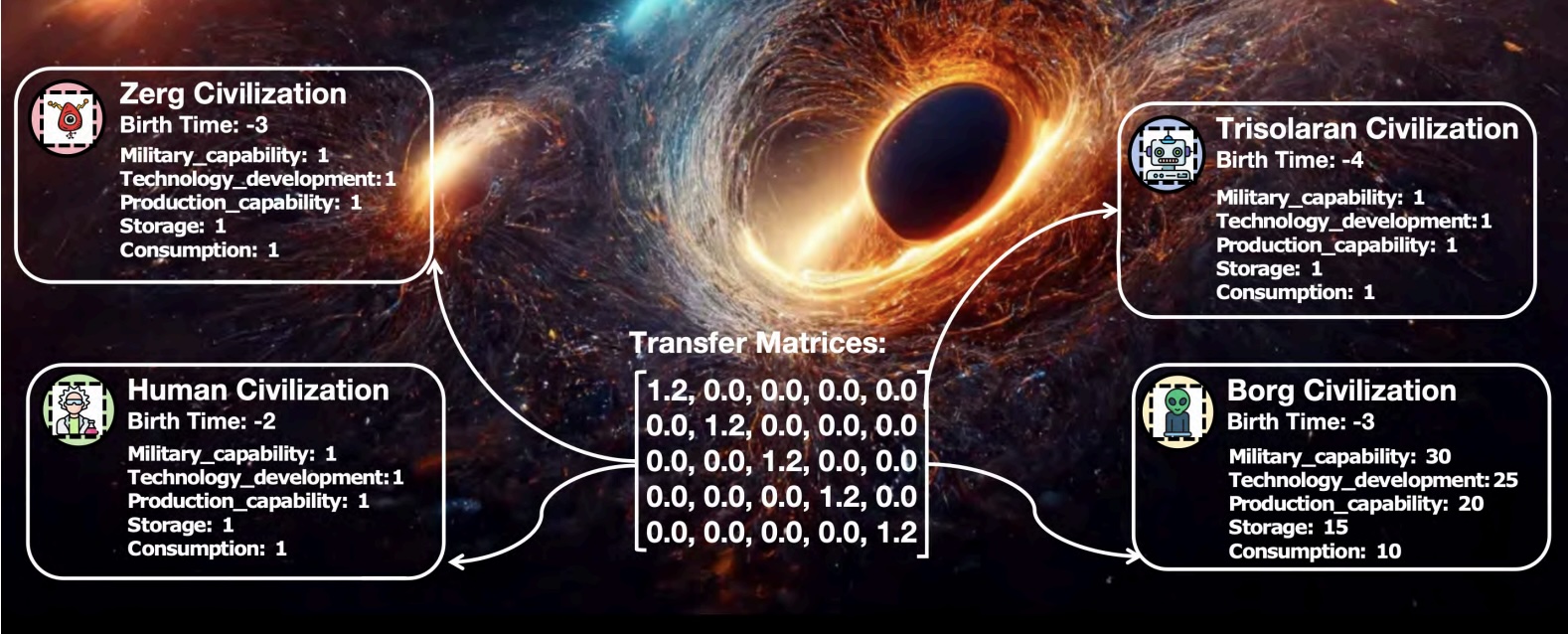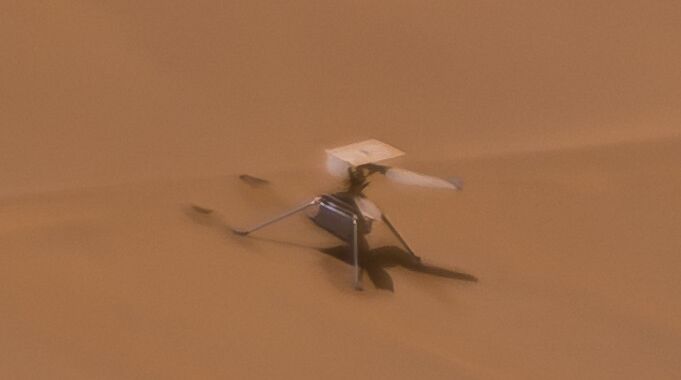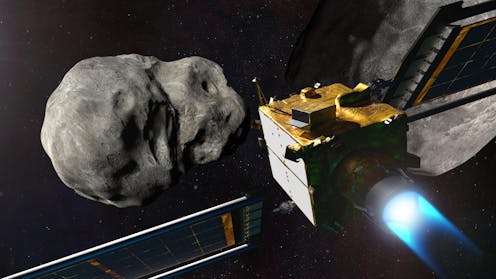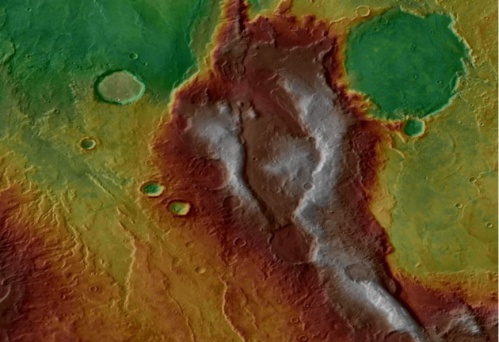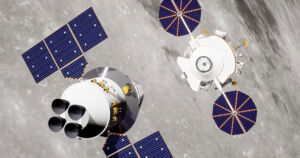The possibility for life beyond the Earth has captivated us for hundreds of years. It has been on the mind of science fiction writers too as our imaginations have explored the myriad possibilities of extraterrestrial life. But what would it really be like if/when we finally meet one; would it lead to war or peace? Researchers have used a complex language model to simulate the first conversations with civilisations from pacifists to militarists and the outcomes revealed interesting challenges.
Continue reading “An AI Simulated Interactions Between Different Kinds of Advanced Civilizations”Ingenuity Won’t Fly Again Because It’s Missing a Rotor Blade
Ingenuity has been the first aerial vehicle on another world. NASA announced the end of the Martian helicopter’s life at the end of its 72nd flight. During the flight there had been a problem on landing and, following the incident a few photos revealed chips in one of the rotor blades but nothing too serious. New images have been revealed that show the craft is missing one of its rotor blades entirely!
Continue reading “Ingenuity Won’t Fly Again Because It’s Missing a Rotor Blade”Comets: Why study them? What can they teach us about finding life beyond Earth?
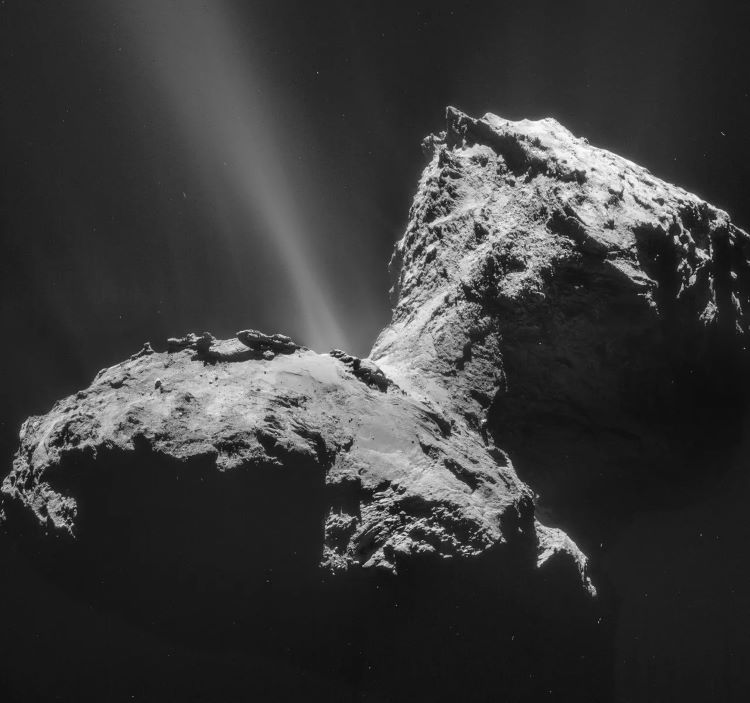
Universe Today has explored the importance of studying impact craters, planetary surfaces, exoplanets, astrobiology, and solar physics, and what this myriad of scientific disciplines can teach scientists and the public regarding the search for life beyond Earth. Here, we will explore some of the most awe-inspiring spectacles within our solar system known as comets, including why researchers study comets, the benefits and challenges, what comets can teach us about finding life beyond Earth, and how upcoming students can pursue studying comets. So, why is it so important to study comets?
Continue reading “Comets: Why study them? What can they teach us about finding life beyond Earth?”DART Made a Surprisingly Big Impact on Dimorphos
NASA’s DART (Double Asteroid Redirection Test) mission was hailed a success when it collided with its target asteroid Dimorphos last year. The purpose of the endeavour was to see if it could redirect an asteroid and, since the impact, astronomers have been measuring and calculating the impact on the target. It is incredible that the 580kg spacecraft travelling at 6 km/s was able to impart enormous kinetic energy to the 5 billion kg asteroid.
Continue reading “DART Made a Surprisingly Big Impact on Dimorphos”See the Dramatic Final Moments of the Doomed ERS-2 Satellite

When a satellite reaches the end of its life, it has only two destinations. It can either be maneuvered into a graveyard orbit, a kind of purgatory for satellites, or it plunges to its destruction in Earth’s atmosphere. The ESA’s ERS-2 satellite took the latter option after 30 years in orbit.
Continue reading “See the Dramatic Final Moments of the Doomed ERS-2 Satellite”Mars Had its Own Version of Plate Tectonics
Plate tectonics is not something most people would associate with Mars. In fact, the planet’s dead core is one of the primary reasons for its famous lack of a magnetic field. And since active planetary cores are one of the primary driving factors of plate tectonics, it seems obvious why that general conception holds. However, Mars has some features that we think of as corresponding with plate tectonics – volcanoes. A new paper from researchers at the University of Hong Kong (HKU) looks at how different types of plate tectonics could have formed different types of volcanoes on the surface of Mars.
Continue reading “Mars Had its Own Version of Plate Tectonics”Planets in Binary Star Systems Could be Nice and Habitable

The Star Wars world Tatooine is one of the most recognizable planets in the realm of science fiction. It’s a harsh place, and its conditions shaped the hero Luke Skywalker in many ways. In the reality-based Universe, there may not be many worlds like it. That’s because, according to a new study out from Yale researchers, the Universe likes to be more orderly, and that affects planets and their environments.
Continue reading “Planets in Binary Star Systems Could be Nice and Habitable”New Moons Found at Uranus and Neptune
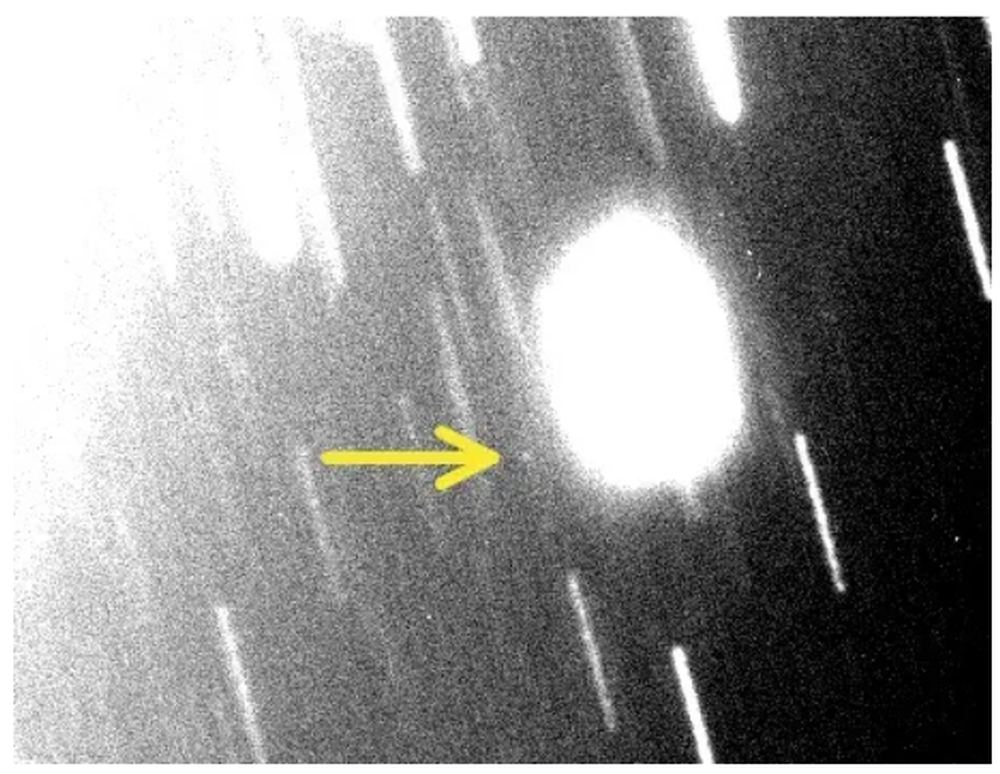
Astronomers have found three new moons orbiting our Solar System’s ice giants. One is orbiting Uranus, and two are orbiting Neptune. It took hard work to find them, including dozens of time exposures by some of our most powerful telescopes over several years. All three are captured objects, and there are likely more moons around both planets waiting to be discovered.
Continue reading “New Moons Found at Uranus and Neptune”Some Intelligent Civilizations Will Be Trapped on their Worlds

Evolution has produced a wondrously diverse variety of lifeforms here on Earth. It just so happens that talking primates with opposable thumbs rose to the top and are building a spacefaring civilization. And we’re land-dwellers. But what about other planets? If the dominant species on an ocean world builds a technological civilization of some sort, would they be able to escape their ocean home and explore space?
Continue reading “Some Intelligent Civilizations Will Be Trapped on their Worlds”China Names its Capsule and Lander for its Upcoming Human Lunar Missions
In a recent announcement, the Chinese Space Agency (CSA) unveiled the names for its forthcoming lunar mission components. The CSA have been working towards sending humans to the Moon through a series of robotic missions. The 22-tonne capsule that is taking the astronauts to the Moon is called Mengzhuo (translates to ‘dream vessel’) and the lander has been named Lanyue (meaning ‘embracing the Moon’). Assuming all goes to plan, they will send two humans and a rover to the surface of the Moon by 2030.
Continue reading “China Names its Capsule and Lander for its Upcoming Human Lunar Missions”
